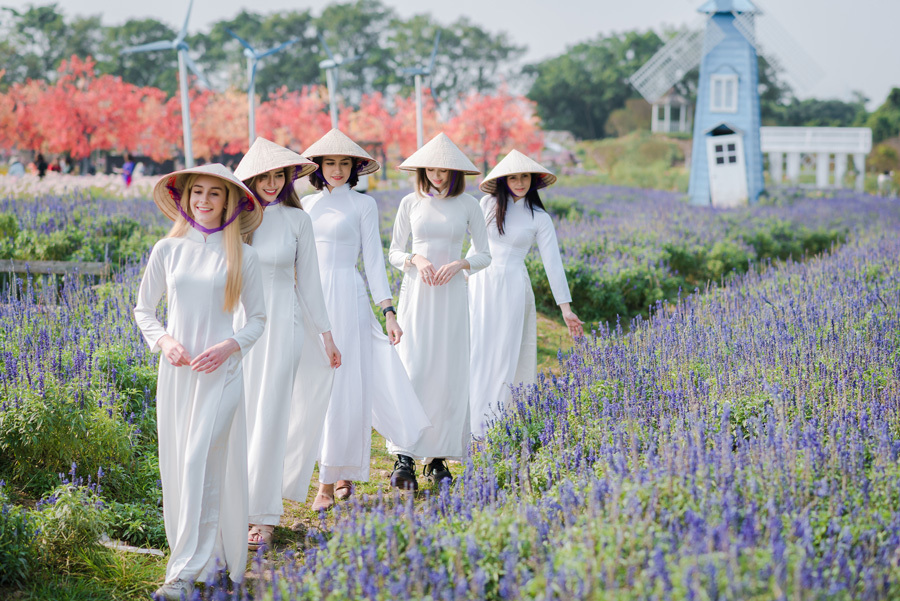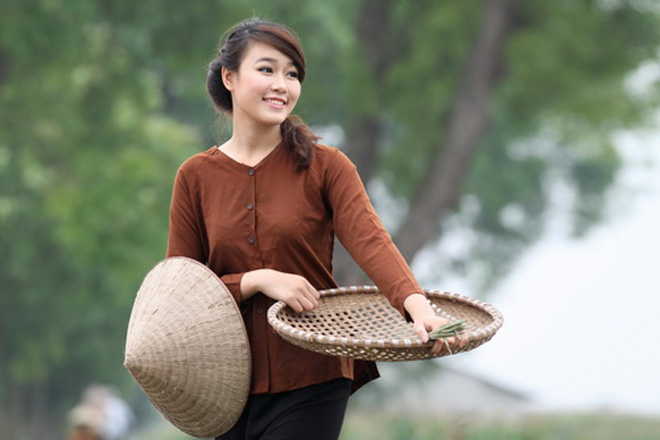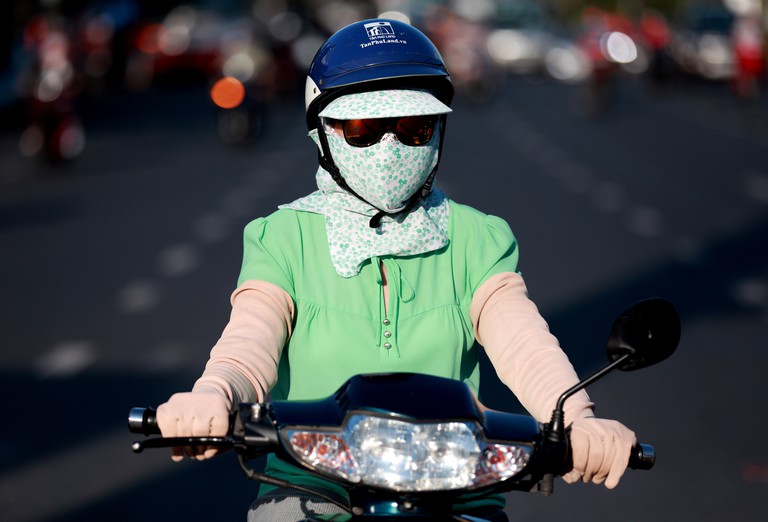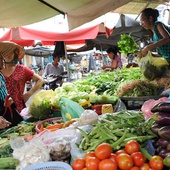Dress-up in Vietnam - Things To Know
Vietnam is a country celebrated for its rich diversity in culture and traditions. The Vietnamese people embody simplicity, which is reflected in their way of life, cultural practices, and traditional attire. Fashion in Vietnam combines elegance and practicality, showcasing a unique dress code that highlights their identity.
While Vietnamese fashion varies across regions, particularly between the North and South, as well as among different social classes, there is a commonality in traditional attire that distinctly sets them apart.
Traditional Clothing in Vietnam
The Vietnamese people have a variety of ethnic outfits that resonate with their appreciation for comfort and simplicity. Some notable traditional garments include:
In cities, the traditional attire differs slightly. For men, it typically consists of simple brown shirts paired with white trousers, often complemented by a traditional headdress, a cloth wrapped around the head. For formal occasions, they add a long robe with slits on both sides and a turban.
 Photo: vietnamnet.vn
Photo: vietnamnet.vn
Young women in urban areas commonly wear lightweight short brown shirts with long black skirts. The Southern locals sport a silk shirt and trousers known as Ao Ba Ba. Ceremonial attire includes the Ao Dài, a long dress with three layers, featuring a side slit. The base layer, known as Ao Tu Than, typically has four slits at the hem, with the first layer in brown, the second in yellow, and the third in pink. This represents the pinnacle of elegance in Vietnamese fashion. Additionally, women accessorize with the Non Bai Tho, a traditional palm hat with a tapered design.
 Photo: baotintuc.vn
Photo: baotintuc.vn
The Ao Dài, Vietnam's national dress, translates to “long dress” and dates back to the 18th century. Initially known as Ao Ngu Than, it has undergone various modifications, yet retains its hallmark of a long flowing skirt. Today, Ao Dài is primarily worn by women on festive occasions and is often the attire of choice for weddings. In many high schools, wearing the Ao Dài has become mandatory. Its popularity has transcended borders, establishing the Ao Dài as a cultural symbol of Vietnam and inspiring numerous international fashion designers.
Modern Clothing in Vietnam
Contemporary Vietnamese fashion reflects significant Western influence, resulting in a casual and relaxed dress style. For tourists, most attractions do not enforce strict dress codes, allowing for comfortable attire without concern. Local youth, familiar with global fashion trends, often adopt Western clothing styles, with young women favoring dresses and skirts and men opting for shirts and trousers. Additionally, there is a burgeoning fashion industry in Vietnamese cities that seeks to blend modern trends with traditional elements.
In religious settings, it is customary to dress modestly, avoiding shorts and revealing clothing such as dresses and skirts that expose too much skin, especially on the legs, chest, and shoulders. A comfortable shirt and well-fitting jeans generally suffice for appropriate coverage.
Given the tropical climate, many Vietnamese women are conscious of sun exposure, as a tan is not particularly desirable. It is common to see young women riding bicycles adorned with elbow-length gloves and face coverings for sun protection. The habit of using sunscreen varies depending on destination and activity.
 Photo: thanhnien.vn
Photo: thanhnien.vn
Overall, Vietnam is a beautiful country filled with warm-hearted people, and its fashion scene offers a glimpse into their vibrant lifestyle and culture.

Grocery Shopping
If you intend to live long-term or permanently in Vietnam, there is one place that you should be familiar with: the market.













